Charles Lapicque - Composition - Original Lithograph Published in the deluxe art review, XXe Siecle 1951 Dimensions: 32 x 24 cm Publisher: G. di San Lazzaro. Charles Lapicque was one of the great painters of the “Ecole de Paris” and of the second mid twenty century. Charles Lapicque was born on October 6, 1898 in Theizé, in the Rhone, France. He was trained as an engineer but is better recognised as a painter, sculptor and printmaker. He obtained a degree in civil engineering at Lisieux in 1924 and in 1938 became a Doctor of Science with a dissertation on 'Optics and the Perception of Contours'. He was studying machinery and architecture and conceived a passion for geometrical working drawings and perspective. All his scientific tasks led him to interest in drawing and finally to teach himself to paint. He consistently worked with great freedom, oblivious to current trends. Encouraged by Jacques Lipchitz, he decided in 1928 to devote more of his time to painting while working at the Faculté des Sciences in Paris on scientific research into value and colour in relation to pictorial creation. In 1937, Lapicque was commissioned to execute five decorative panels for the Palais de la Découverte in Paris. He subsequently began to take a particular interest in Cubism, as a result of which his work approached that of Jean Bazaine and Maurice Estève. Together they became known as 'painters in the French tradition' as distinct from the Ecole de Paris. Lapicque himself realized, however, that the post-Cubist fragmentation of the pictorial space in paintings represented the end of an era rather than the beginning of a new one. In 1939 Lapicque was mobilized in the National Scientific Research Center, where he was in charge of studies on the night vision and the camouflage, working with Antoine de Saint-Exupéry. Demobilized, he started to apply his theories in a series of Figures armed which pose the low ones of a new painting and took part in 1941 in the exposure of the ''XX young painters of French tradition'' organized by Bazaine, first manifestation of the painting of avant-garde under the Occupation, whereas the Nazism multiplies the judgments of ''degenerated art''. These complementary activities make Lapicque unique in French painting: his scholarly rigour, far from hampering his painting, seems to have encouraged his audacity. In 1953 he received the Price Raoul Dufy of Biennial of Venice. Charles Lapicque died in Orsay on July 15, 1988. Charles Lapicque was one of the great painters of the “Ecole de Paris” and of the second mid twenty century. Charles Lapicque was born on October 6, 1898 in Theizé, in the Rhone, France. He was trained as an engineer but is better recognised as a painter, sculptor and printmaker. He obtained a degree in civil engineering at Lisieux in 1924 and in 1938 became a Doctor of Science with a dissertation on 'Optics and the Perception of Contours'. He was studying machinery and architecture and conceived a passion for geometrical working drawings and perspective. All his scientific tasks led him to interest in drawing and finally to teach himself to paint. He consistently worked with great freedom, oblivious to current trends. Encouraged by Jacques Lipchitz, he decided in 1928 to devote more of his time to painting while working at the Faculté des Sciences in Paris on scientific research into value and colour in relation to pictorial creation. In 1937, Lapicque was commissioned to execute five decorative panels for the Palais de la Découverte in Paris. He subsequently began to take a particular interest in Cubism, as a result of which his work approached that of Jean Bazaine and Maurice Estève. Together they became known as 'painters in the French tradition' as distinct from the Ecole de Paris. Lapicque himself realized, however, that the post-Cubist fragmentation of the pictorial space in paintings represented the end of an era rather than the beginning of a new one. In 1939 Lapicque was mobilized in the National Scientific Research Center, where he was in charge of studies on the night vision and the camouflage, working with Antoine de Saint-Exupéry. Demobilized, he started to apply his theories in a series of Figures armed which pose the low ones of a new painting and took part in 1941 in the exposure of the ''XX young painters of French tradition'' organized by Bazaine, first manifestation of the painting of avant-garde under the Occupation, whereas the Nazism multiplies the judgments of ''degenerated art''. These complementary activities make Lapicque unique in French painting: his scholarly rigour, far from hampering his painting, seems to have encouraged his audacity. In 1953 he received the Price Raoul Dufy of Biennial of Venice. Charles Lapicque died in Orsay on July 15, 1988.
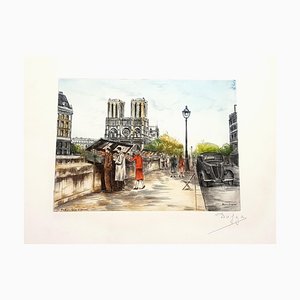
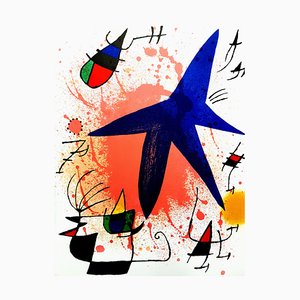
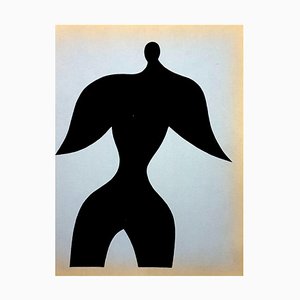
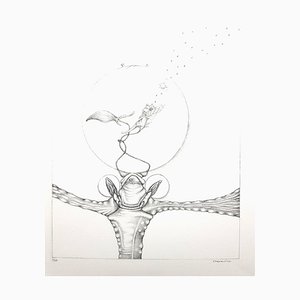
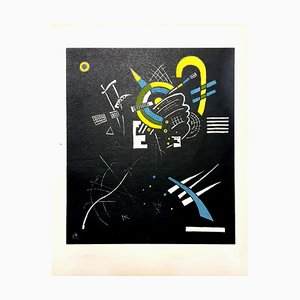
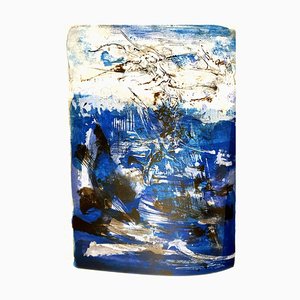
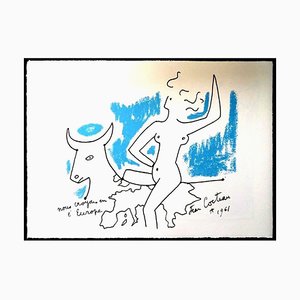

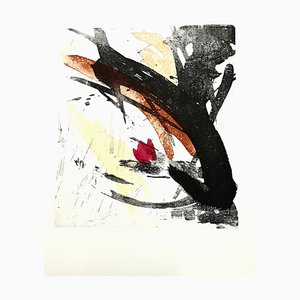
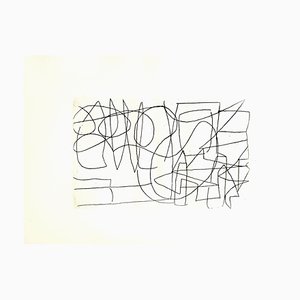
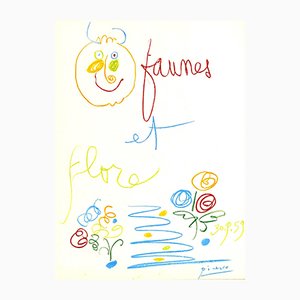
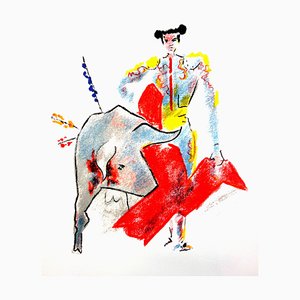
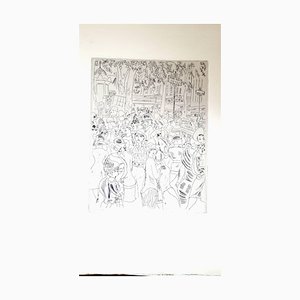
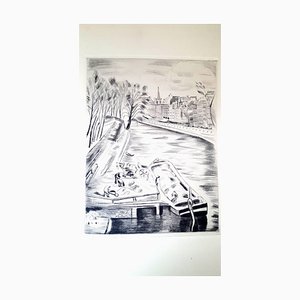

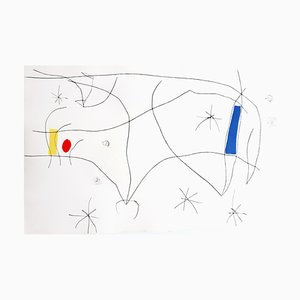
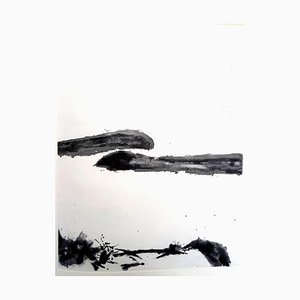
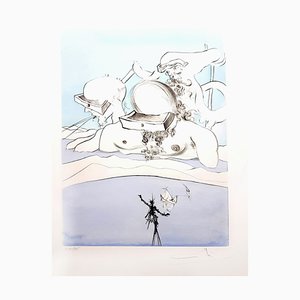
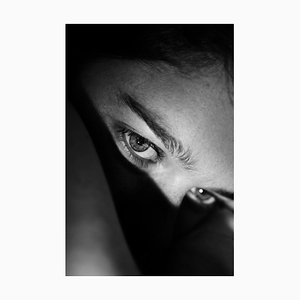
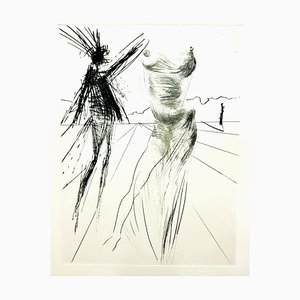
Get in Touch
Make An Offer
We noticed you are new to Pamono!
Please accept the Terms & Conditions and Privacy Policy
Get in Touch
Make An Offer
Almost There!
To follow your conversation on the platform, please complete the registration. To proceed with your offer on the platform, please complete the registration.Successful
Thanks for your inquiry, someone from our team will be in touch shortly
If you are a Design Professional, please apply here to get the benefits of the Pamono Trade Program